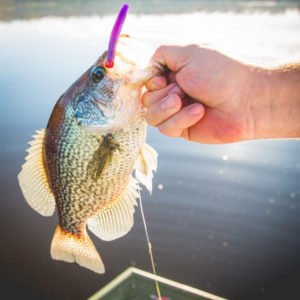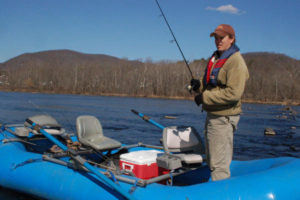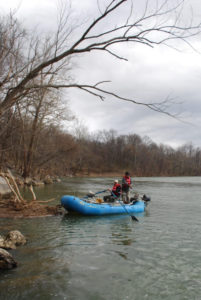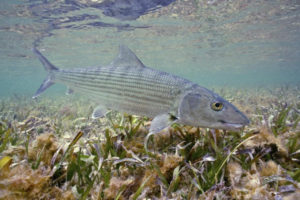Christmas Holidays were always a special time during my school years in the 1950s and 60s. Two weeks out of school meant many happy, free days, most involving hunting, family and church.
The first week after school was out usually meant a trip to Aunt Alice and Uncle Charlie’s house in Ocala. Daddy’s mother lived with them and we almost always left on the long trip as soon as possible to have a few days there and be home before Christmas. The drive was exciting, looking at Christmas decorations and seeing new territory.
My brother and I passed time “counting cows,” a standing chimney doubles your count, and arguing and fighting in the back seat. But we always concentrated so not to miss mama’s dream house down near Dublin. It was a nice brick ranch, similar to what we would eventually build. But what made it special to mama was the little pond in the front yard.
I know mama imagined herself, probably with her mother and maybe me, sitting on the edge of the pond fishing. We all three loved fishing, I guess that is where I got it.
Although mama got her dream house there was no pond in front. But daddy dug one a few hundred yards behind the house. She spent many happy hours there, catching anything that would bite.
On one trip, mama and Billy were asleep. I was old enough to just be learning fractions and daddy taught math at my elementary school, as well as being principal. It was a small school.
As the car rumbled along the road, I asked him about fractions. He patiently kept answering my question “What is 1/1” with “one,” but I never did understand it. (I kept saying “one-onth,” but I don’t think that is a word) But it was nice to talk with him like that.
In Ocala my brother and I loved to dig holes in the soft, sandy soil so different from the hard clay and rocks at home. We always planned on digging to China, but never made it. We picked oranges in their back yard and enjoyed the warm weather. We also went to Silver Springs where I imagined catching the huge catfish that played “football” with dough balls below the glass bottomed boats.
On the drive home we would stop in south Georgia and get a 50 pound bag of peanuts. Mama used them cooking, but there were plenty for us to roast in the oven. On nights we didn’t have ice cream before bed we sat watching TV and shelling peanuts to go with our Coke.
As much as I loved those trips, I could not wait to get home, grab my .22 or .410 and head to my little piece of heaven. There were three special places along Dearing Branch, one on our property, and two on either side of it. I spent many wonderful hours in them hunting squirrels and hoping to see a rabbit.
A few days every holiday daddy would take some hours off the never-ending work on our chicken farm and take me quail hunting. Those were especially good times that I will never forget.
The one thing I hated when we got home was choir practice. My parents insisted I be in the youth choir, but I did not like singing, or the wasted hours of practice when I could have been hunting. That lasted until I was 14 and got up the courage to just stand in the choir loft with my mouth shut. After a few weeks of that they gave up and I never went to another practice. And I still do not sing, even in the shower!
Christmas Eve was spent with great anticipation. We didn’t get a lot compared to now, and there was always underwear and sox. But there were special gifts, too, like the year I got my first outfit of Duckbax pants and jacket. They were briar proof and made a huge difference quail hunting with daddy and later rabbit hunting with my friend when wading through briar patches.
My stocking always had oranges in it, strangely just like the ones we picked in Ocala. We also had some pecans, just like the ones we picked up that year in our yard. There were apples and oranges, but candy, too. And bullets and shells for my guns. Those were my favorite.
I always had time for an afternoon in my rock fort, either alone or with Harold or Hal. There was a pile of big boulders in a small patch of trees about 50 feet from our fence line at the edge of the pasture. We made a circle of rocks that used one side of a big one to make an enclosed space.
There was no roof, but little nooks were perfect for hiding our valuables. And we had a fire place with a spit for roasting robins we shot in the field, and a big can where we boiled eggs poached from the chicken house.
I never did understand why the bird that is a “sign of spring” showed up in huge numbers on our farm in late November. Now I know they can not get worms out of frozen ground up north so come south to live where the ground doesn’t freeze, then head back north as it thaws there in the spring. Stills seems backwards to me, though.
It’s hard to believe the holidays lasted only two weeks, but I guess back then two weeks were a much longer part of my life than they are now. And I did a lot of living during those two weeks at Christmas each year.
I have what seem like unlimited memories of those times, and they are some of my favorites. I wish
I could go back and refresh them in person, but just remembering them always makes me smile.



